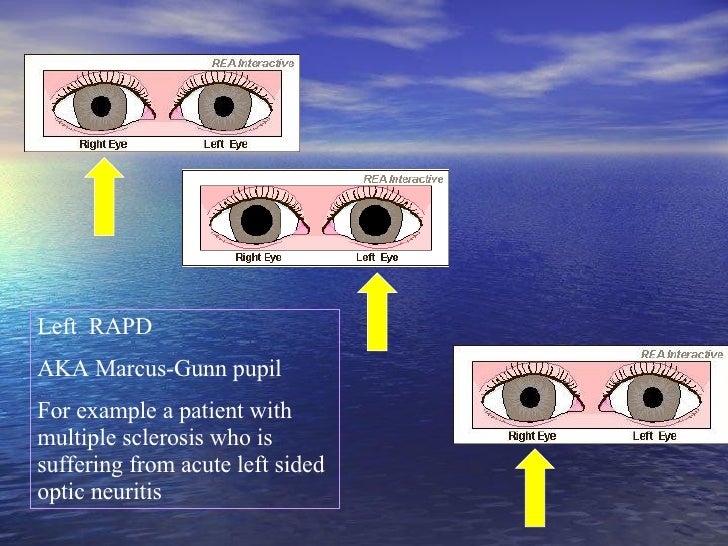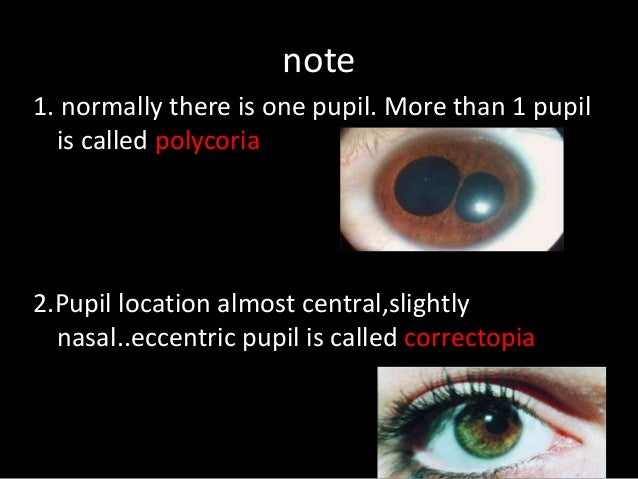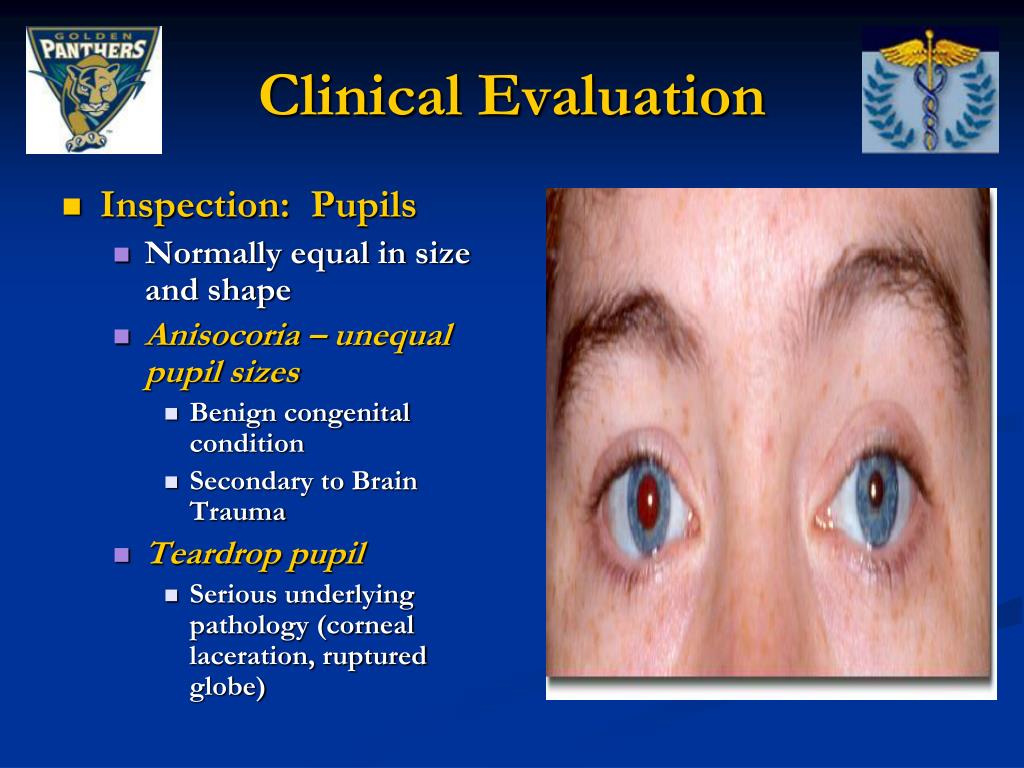
Simply looking at how your pupils react to changes in light is usually enough to determine if this issue is present. It is important to get a prompt diagnosis because some of the causes of the issue are life-threatening. If you notice that your pupils are unequal in size, see a doctor right away. Some experts note that the reinnervation can be segmental, irregular, and slow, which is correlated to how the symptoms of this condition occur. This allows for a better chance at recovery of innervation to the controlling function of the lens compared to pupillary reactive function recovery. Each of the ciliary ganglion has various dedicated fibers. This is more likely if the damage that occurred affected the ciliary body instead of the ciliary ganglion.

UNEQUAL PUPIL SIZE BUT CONSTRICT EQUALLY FULL
It is possible to experience partial function recovery if full recovery does not occur. Some people never experience full recovery of their pupillary response. In some cases, the pupil that was once larger actually goes in the opposite direction and becomes smaller than the other pupil. Within two years, approximately 50 percent of people with anisocoria experience a full recovery. For many cases of this condition, there is no known effective treatment. There is not a treatment specific to Horner’s syndrome. If an underlying cause is identified, treatment is aimed at this issue. However, the cause is not always identified. Most cases of this syndrome have an underlying cause, such as a tumor, stroke, or spinal cord injury. It is characterized by a triad of symptoms, including pupil constriction that causes anisocoria, drooping eyelid, and not sweating in the area surrounding the affected eye. Horner’s syndrome is another possible cause of anisocoria.


But if uneven pupils are the result of a medical condition, treatment might be necessary. In benign cases where the issue just occurs for no apparent reason, no treatment is necessary. While it is often a benign issue, it is also possible for it to be a symptom of a medical condition. In fact, it happens in about one in five people. It’s common to have pupils that are different sizes.


 0 kommentar(er)
0 kommentar(er)
